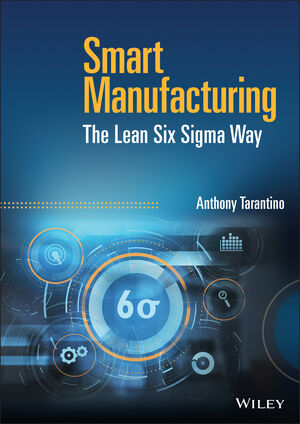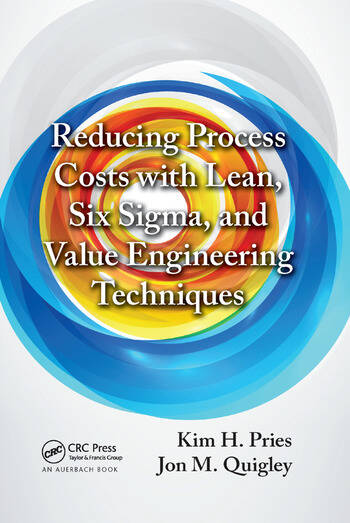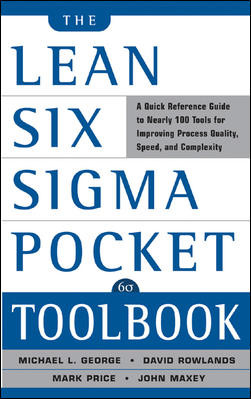When most people think of industrial robots, they don't think of SCARA or Cartesian robots. They think of long, tall six-axis robots performing spot welds on car bodies. Perhaps that's because the image of body-in-white assembly is virtually synonymous with manufacturing, or maybe it's because the agility of six-axis robots most closely resembles that of people.
Whatever the reason, six-axis robots are the most versatile type of robot. And, to co-opt the popular advertising slogan, they're not just for automotive welding anymore. Indeed, several suppliers have introduced small, high-speed, six-axis robots for automated assembly applications.
"A six-axis robot gives you the ultimate flexibility," says Basho Abdo, product manager for robotics at Bosch Rexroth Corp. (Buchanan, MI). "If your application requires highly articulated motion, something that simulates manual assembly, then think about a six-axis robot."
Unlike Cartesian robots, which have a rectilinear work envelope, or SCARAs, which have a cylindrical work envelope, six-axis robots have a spherical work envelope. A six-axis robot can reach above, below, around and behind itself. Its wrist can rotate a part or turn it on an angle.
"SCARAs and Cartesians are great if everything is perfectly horizontal or vertical, but six-axis robots can come at a part from an angle," says John C. Clark, national sales manager for EPSON Robots (Plano, TX). "It can reach down low or go up high."
That ability makes six-axis robots ideal for applications that require complex motions, such as welding, grinding, degating, dispensing, machine tending and picking randomly oriented parts from a conveyor.
Like SCARAs, six-axis robots have a small footprint, says Mark N. Oschang, regional sales manager for Adept Technology Inc. (Livermore, CA). They can be mounted to the floor, table, wall or ceiling. A six-axis robot can even be mounted to a linear actuator on the floor or ceiling to provide an extra axis of motion. Such an arrangement could enable one robot to service multiple machines. While one machine is processing a part, the robot can be loading and unloading another.
Six-axis robots are available with a horizontal reach ranging from 515 millimeters to more than 3 meters, and a vertical reach ranging from 1 to 6 meters. Payload capacities vary from 5 pounds to nearly half a ton.
It's important to note, however, that the payload capacity of a six-axis robot can change throughout its range of motion, warns Abdo. SCARA and Cartesian robots maintain their full payload capability over their entire range of motion. With a six-axis robot, there may be positions where the robot's payload capacity is less than its rated maximum, such as when the arm is at maximum extension or when the robot is lifting a part over its body.
The speed and accuracy of six-axis robots vary with their size. For a robot with a maximum payload of 880 pounds, the joint speed might range from 95 degrees per second for the pedestal axis to 160 degrees per second for the axis on the wrist. Repeatability is typically ±0.5 millimeter. In contrast, for a robot with a maximum payload of 6 pounds, the joint speed might range from 210 degrees per second for the pedestal axis to 500 degrees per second for the axis on the wrist. Repeatability is typically ±0.02 millimeter.
Despite having more axes of motion than SCARAs or Cartesians, six-axis robots are no less durable. A mean time between failures of more than 62,000 hours can be expected with these machines.
On the other hand, six-axis robots are not as fast as SCARAs and Cartesians. They're also more expensive. So before shopping for a six-axis robot, assemblers should first decide if the application justifies the trade-offs. "If you just want to move parts from point A to point B, you can easily do that with a three-axis Cartesian robot," says Abdo. "If you had to rotate the parts as well, you could simply add a two-position pneumatic rotary actuator to the Z-axis of the Cartesian, or you could use a SCARA."




